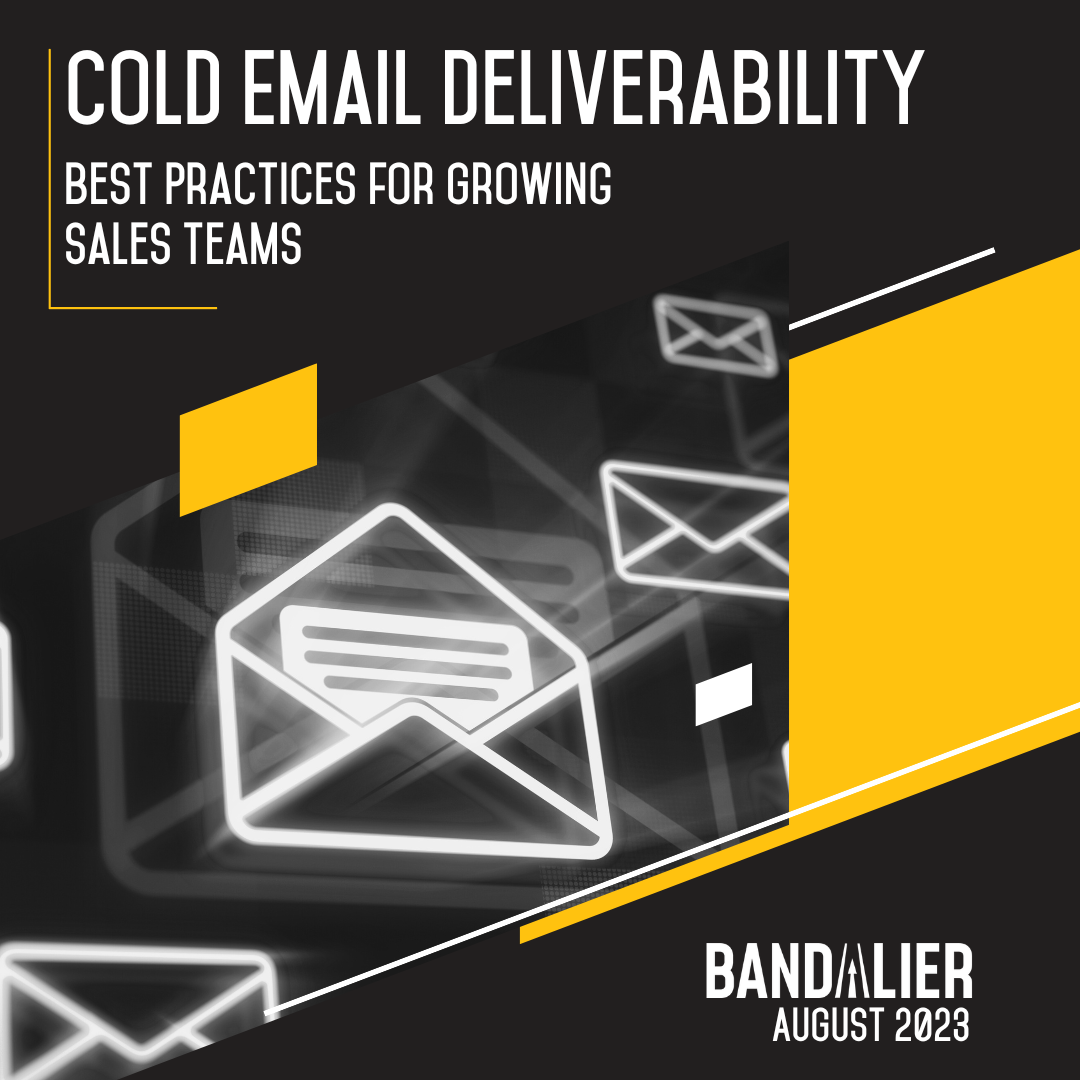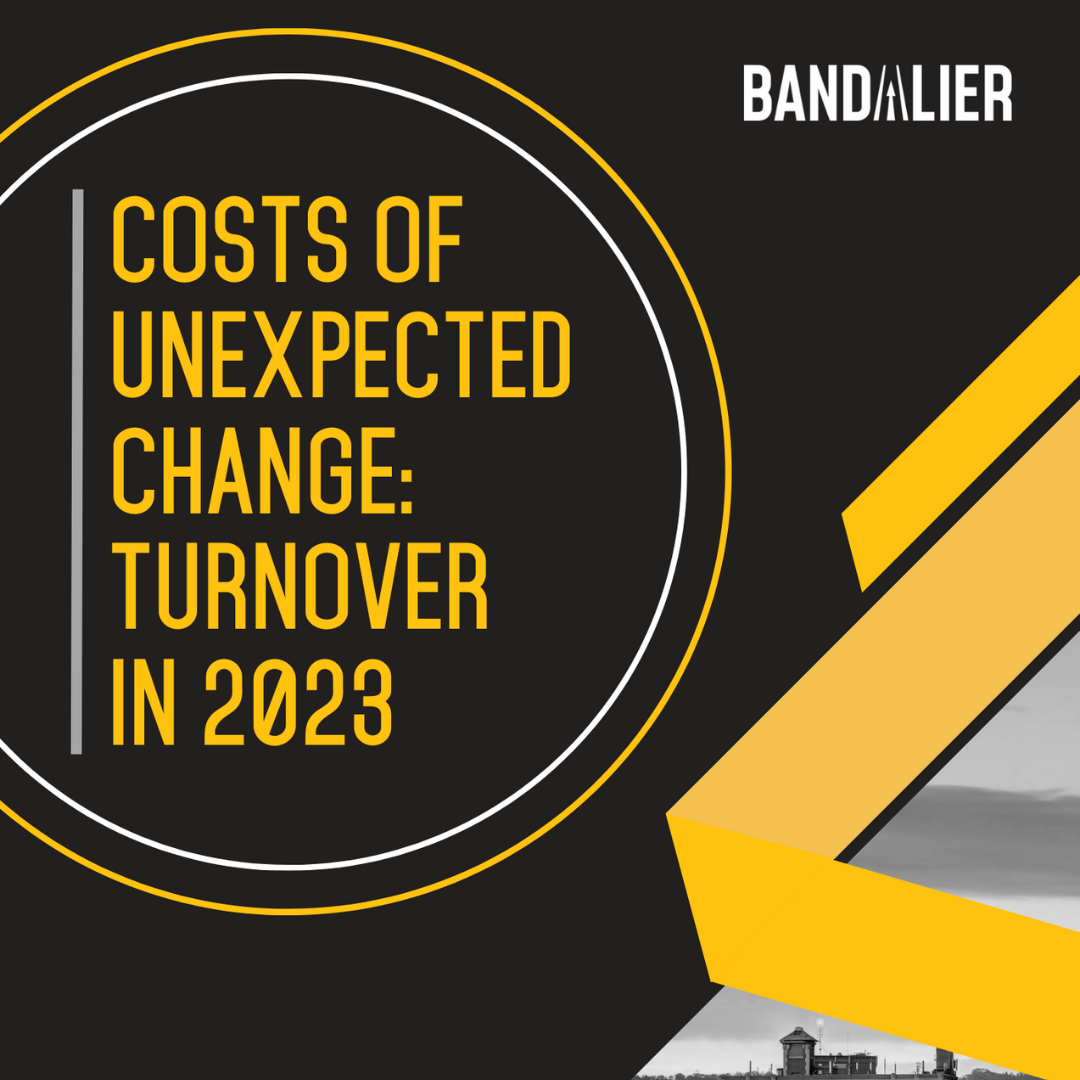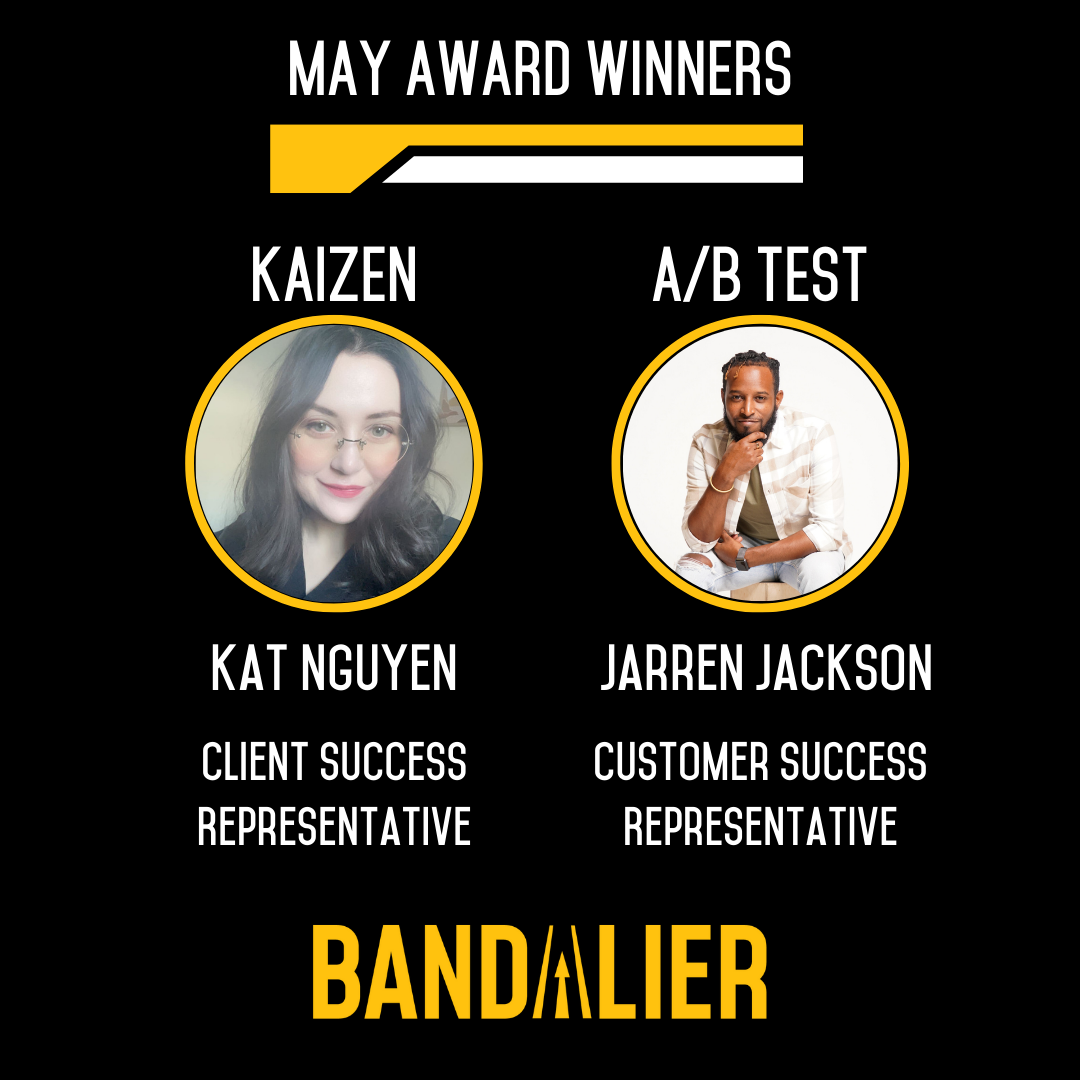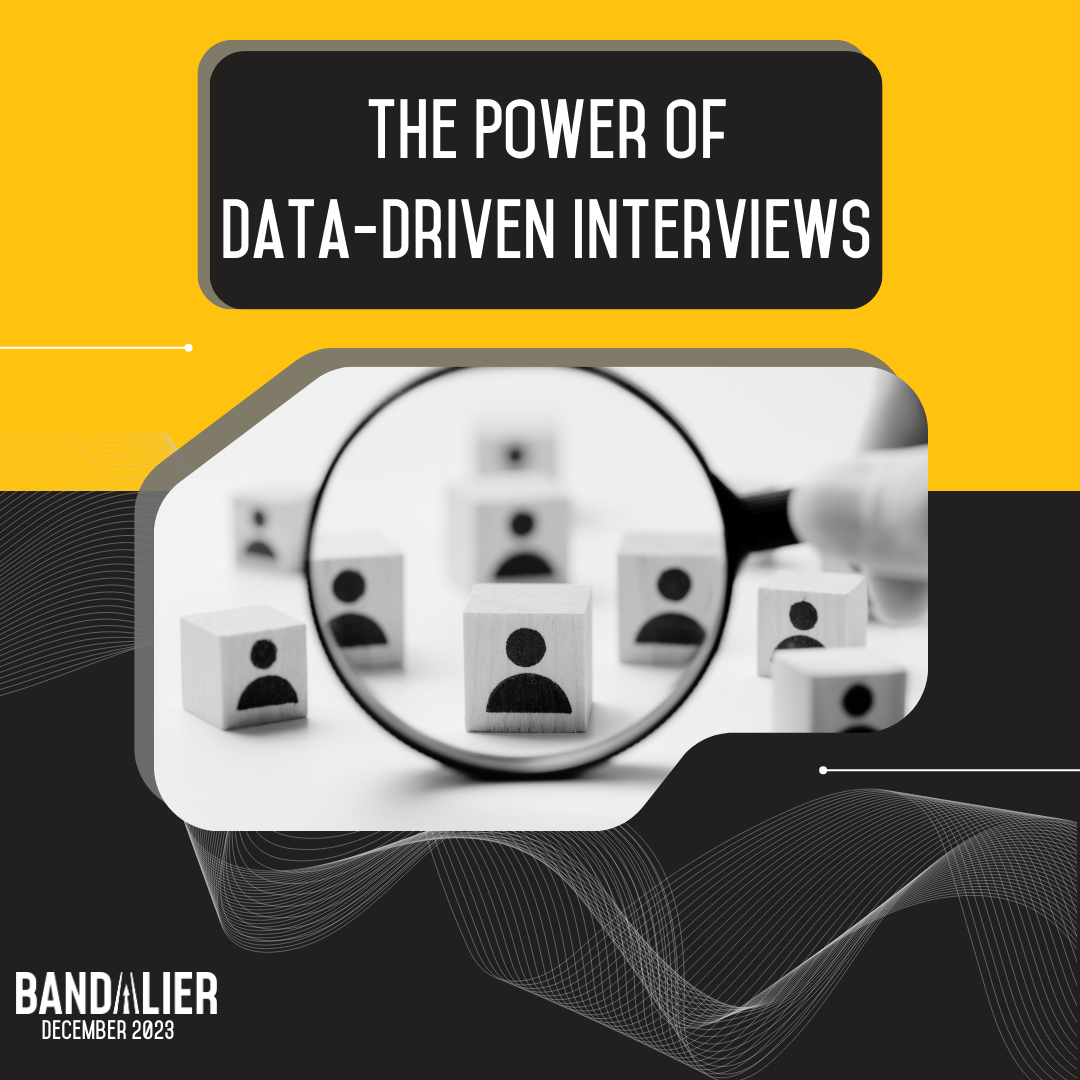Reviewing inside sales process examples is an invaluable learning experience for new teams. Throughout Bandalier’s experience building outsourced sales teams for start-ups, we’ve helped our clients refine their inside sales processes. Today, we’ll share examples of how sales processes differ for SDRs and BDRs, along with our best practices.
SDR vs BDR
Sales development representatives and business development representatives complete similar tasks, but the terms are often used interchangeably by different organizations. Before we dive into our process examples, let’s define each role.
SDRs typically focus on cold outreach. They’ll identify new prospects and use multi-channel outreach to generate interest before pulling folks into your sales funnel. Once your SDR has connected with a prospect, they’ll make sure the person is a qualified lead, and schedule time for that prospect to meet with your sales team.
BDRs focus on warmer outreach. They may focus on inbound leads or prospects who fell out of the sales funnel after expressing interest. BDRs will leverage multi-channel outreach strategies to connect with those warm prospects, qualify them, and schedule time for them to meet with your inside sales team. BDRs are more likely to work closely with marketing teams, as they’ll rely on the leads generated by your marketing efforts.
Not sure which type of team member you need? Check out this blog post for the 3 key signs that you need to add a BDR to your team.
SDR Inside Sales Process Example
For this inside sales process example, let’s assume that SDRs will start by searching for potential leads in your contact database. They’ll prioritize contacts who fit your Ideal Customer Profile (ICP) but may include individuals in adjacent roles or industries to expand their network. If your sales process emphasizes account-based selling, those non-ICP contacts can make a big impact on your success rate. We recommend that SDRs pull 100 to 150 new prospects available to start their sequence each week. Your team may pull more or fewer prospects depending on your funnel metrics and how quickly individuals move through your sales funnel.
Once your SDR has obtained their lead list, they’ll need to upload it to your CRM. Then, they should put those prospects into an outreach sequence. Bandalier recommends building sequences that incorporate multi-channel outreach. Phone calls, emails, and social media interactions all produce different results for different roles and industries. Since it takes an average of seven touches across two or more channels to reach a decision-maker, we recommend building 14-step sequences. You can complete one or more activities each day to connect with your prospects, producing a sequence that will take roughly 3 business weeks to complete.
As your SDR reaches out to their prospects, they’ll need to personalize their outreach. E-mail templates will help them reach folks faster, but personalizing those templates will increase prospects’ engagement. While most CRMs support basic personalization by inserting the prospect’s name or some basic information about the company, your team should take the time to research their prospect and write a uniquely personalized message for each one. Personalization only takes a few minutes – and you can do it even faster with AI. ChatGPT and other generative AI platforms can be an excellent way to quickly brainstorm new personalized messages.
Once your SDR has reached a decision-maker, they’ll have two primary goals. First, they need to drive interest in your product, platform, or service. They’ll be able to lean on your sales collateral and their understanding of the industry to accomplish this goal. Second, they’ll need to make sure the decision-maker is qualified to move forward in the sales process. Your SDR will need to work closely with the rest of your sales team to clearly identify the characteristics that may qualify or disqualify a prospect.
If your SDR reaches a prospect who’s qualified and interested, it’s time to schedule a meeting. Depending on the structure of your sales team, that might mean scheduling time for the prospect to meet with an Account Executive or part of your leadership team. SDRs should follow up to confirm the meeting. Once the meeting occurs, your SDR has concluded their phase of the sales process. Your Account Executive will take over nurturing the prospect and closing the deal.
BDR Inside Sales Process Example
BDRs begin their inside sales process with warmer leads. That may include cold prospects who fell out of the sales funnel after a demo, or inbound leads that need to be contacted before qualifying to move through your sales process.
Ideally, your BDRs will be poised to follow up with inbound leads within minutes of seeing the contact request. Responding quickly to new inbound leads can increase your chances of closing the sale by more than 300%. You can increase your chances even further by calling inbound leads rather than simply sending a follow-up email. This contact attempt will be the first step in your BDR’s outreach sequence.
Your BDR will need a strong sequence to follow up with their prospects. Since they’re contacting prospects who have already expressed interest, BDRs can use slightly shorter sequences than SDRs. We recommend utilizing a multi-channel approach and making roughly 10 attempts to reach your prospect. Depending on your industry, and the responses your BDRs receive, you may wish to shorten your sequences even further.
Once your BDR has reached their prospect, they’ll benefit from taking a consultative approach to the conversation. Inbound leads have a reason for reaching out; past prospects have a reason for dropping out of the sales funnel. Your BDR will need to understand those reasons before they encourage their prospects to move forward in the sales process. If the conversations go well, BDRs may bring their prospect further into the sales funnel. Alternatively, they may connect with AEs and other members of your senior leadership team to close the deal.
BDR or SDR?
Need an outsourced SDR or BDR? Not sure which type of team member you need? Just want more details on how Bandalier has helped our clients create new inside sales processes? Contact us today.














